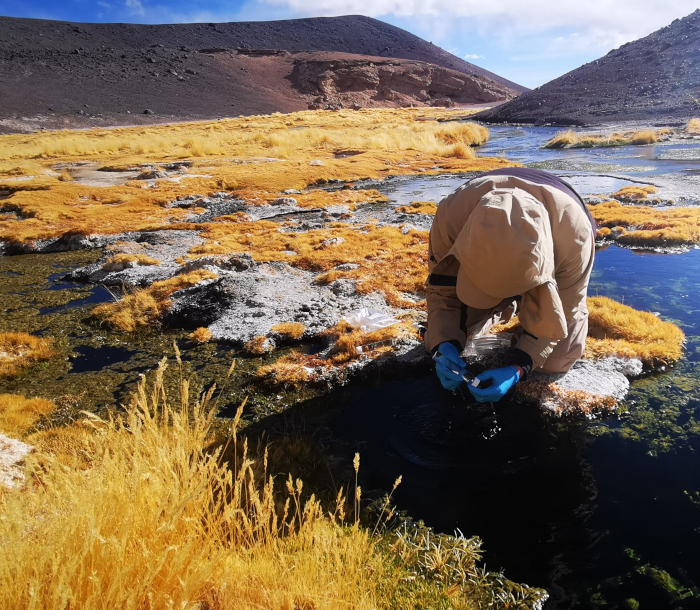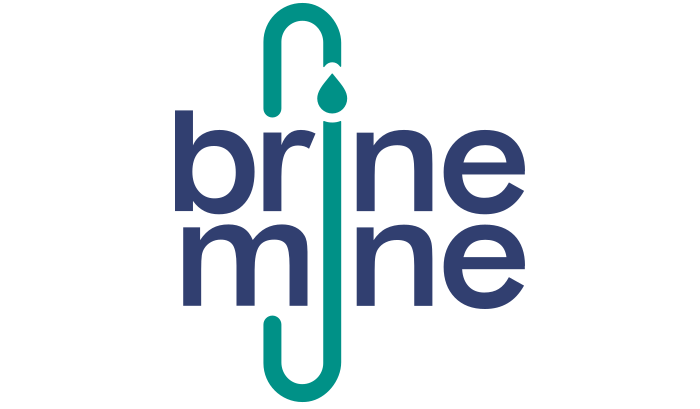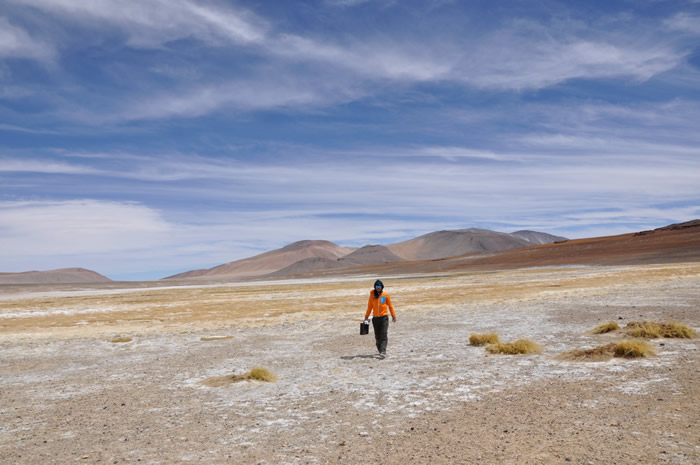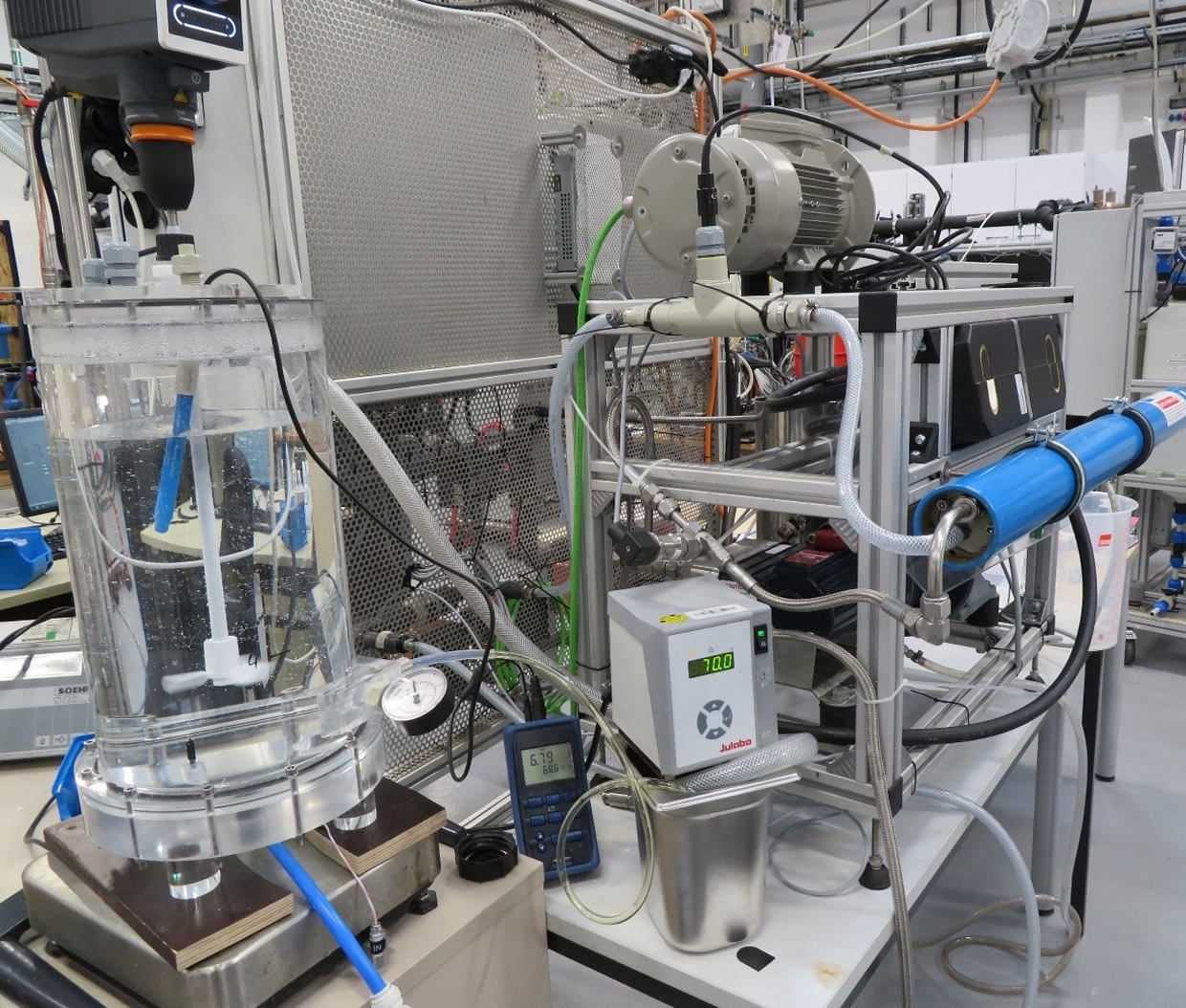BrineMine
Chile's geothermal potential is well known and has been documented by the commissioning of the first geothermal power plant - Cerro Pabellon - in Chile. In addition to the energetic potential, the extracted thermal waters sometimes also have high contents of elements such as lithium, rubidium or antimony, which are of great importance for energy technology and the high-tech sector and have been classified as critical raw materials. In recent years, the salt lakes in the Atacama Desert in Chile have developed into an important resource for lithium extraction. Here, the mining of raw materials is accompanied by considerable environmental interventions as well as a high demand for water, which offers a high potential for conflict, especially in the driest desert on earth.
The German-Chilean project BrineMine pursues the approach of extracting raw materials from geothermal waters. With the help of membrane technology, the heat of the water is to be used to separate the mineral raw materials and the water from each other in a closed system by means of a technical process. The aim is to obtain not only minerals but also drinking water as an important resource. Compared to conventional evaporation processes, the membrane processes accelerate the concentration of the waters. In this way, a raw material-efficient and sustainable alternative to conventional Li mining is demonstrated.
In a first step, a pilot plant will be developed in Germany, where the extraction will be tested in the laboratory with artificial and real brines. One focus is on the pre-treatment of the saline waters to prevent mineral deposits within the membrane modules. Uncontrolled precipitation of silicates, which are often close to saturation in geothermal waters, can limit the productivity of the plant. Targeted precipitation ensures the processability of the fluid and further offers the possibility to produce the precipitated silicate itself as a sought-after raw material. In parallel, a sampling campaign in northern Chile will serve to estimate the raw material potential of the geothermal waters and to select an ideal location for raw material extraction. In a final step, the developed pilot plant will be transferred to Chile and installed there.
A cover story and a further article were published in the German-Chilean Newspaper Cóndor on geothermal Lithium production and the BrineMine project:
-
https://www.condor.cl/2023/04/29/lithium-gewinnung-aus-thermalwasser/
-
https://www.condor.cl/2023/04/29/deutsch-chilenisches-brinemine-projekt/

Project partner
- Karlsruhe Institute of Technology (KIT)
- Fraunhofer Institute for Solar Energy Systems
- CEGA (Andean Geothermal Center of Excellence)
- SolarSpring GmbH
- Geothermie Neubrandenburg GmbH (GTN)
- GTN Latin America
- Fraunhofer Chile - Center for Solar Energy Technology (CSET)
- Transmark

Valentin Goldberg
Geothermal Energy and Reservoir Technology
Research Asccociate
Project BrineMine

The potential of raw material extraction from thermal brines – Successful milestones of the BrineMine project
Goldberg et al., 2021: Oil Gas (1)



